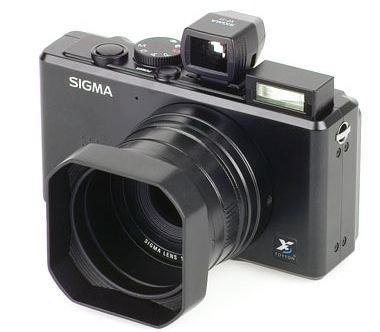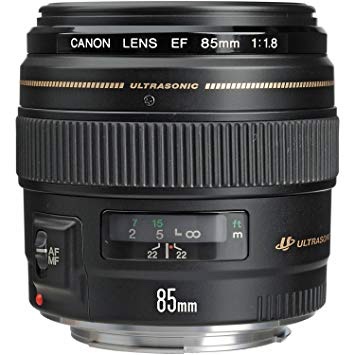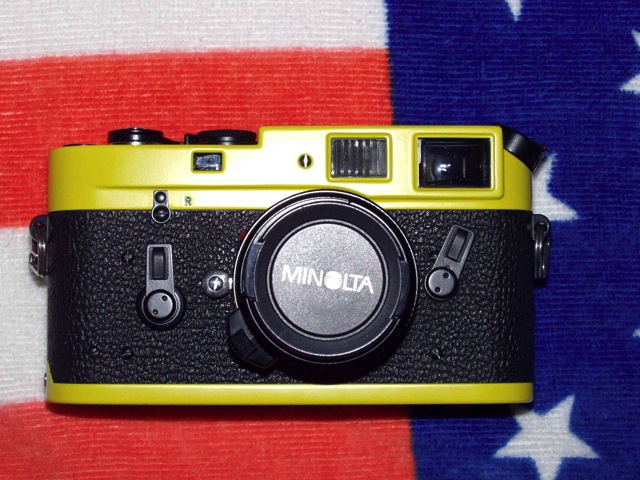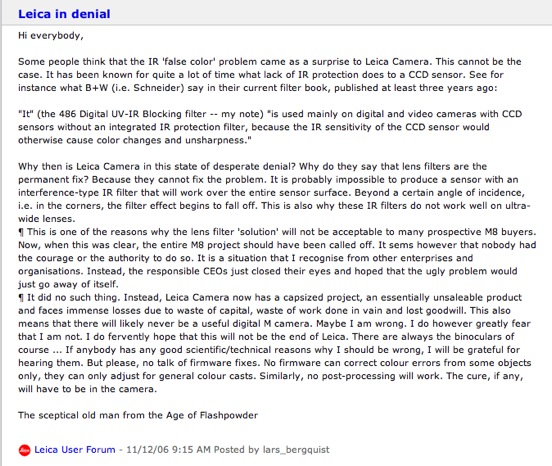Bottom line is, they all suck
Having just read another thoroughly depressing review of yet another Point & Shoot offering from a major manufacturer on the estimable DPReview.com, I have to wonder.
This one claims to be a top of the line offering. DPReview begs to differ, concluding that the camera has slow focusing and poor image sharpness, not to mention no RAW mode, a clunky interface and useless zoom range. It’s priced at some $350.
So why do these major manufacturers, and they are all guilty – Nikon, Canon, Olympus, Pentax, etc. – persist in turning out such execrable equipment?
A recent move by Canon to drop RAW from its P&S cameras may be a clue. The few of these cameras that have half decent lenses would likely embarass the costlier DSLRs from these same makers for half the price. So the consumer gets to suffer on the altar of product differentiation.
That’s a shame, so I suppose it’s little wonder that the much anticipated Sigma DP1 P&S will likely cost closer to $1000 than $300; on the other hand, you get a half decent sensor for your money. If the camera focuses fast, has low shutter lag and a decent lens – not something Sigma’s history of truly frightful lenses makes me too positive about – my $800 is waiting.
That’s if we will ever see this icon – it was last announced that the camera would be available 5 months ago.



